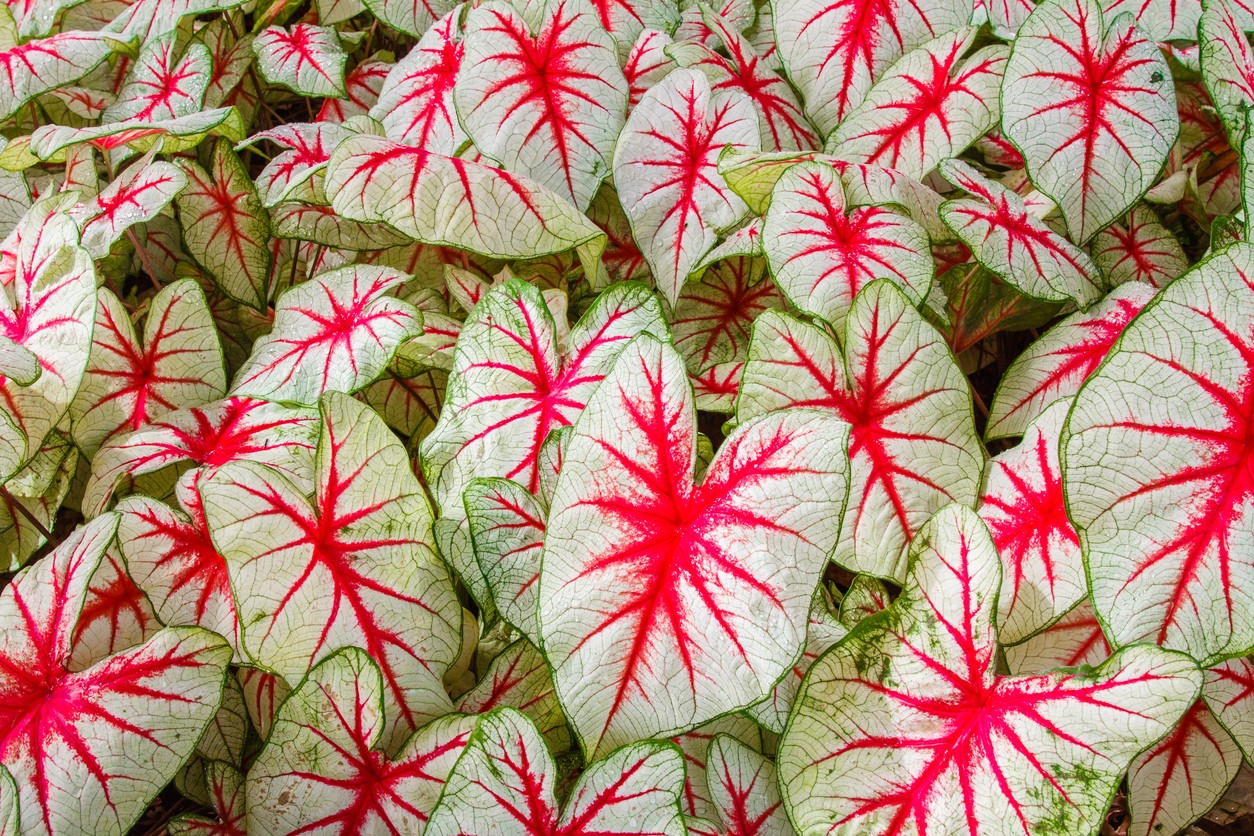Plants do not just act like plants; to a greater or lesser extent, some of them generate a strange light that makes colorful variegation of leaves. Collectively, these adaptations help plants maximize their light, defend themselves against predators, or simply assist with vision (in some extremely rare instances, scientists have even genetically engineered plants to produce authentic bioluminescent sounds, which means an actual, faint light in darkness).
From succulents with glass-like tips to tropical plants with strikingly veined leaves, glowing plants are both beautiful and biologically interesting. In this article, let’s explore the top 10 types of glowing plants in
Check Out: List of Top 10 Oldest Languages in the World (Still Spoken)
Top 10 Glowing Plants in the World
| Rank | Plant Name | Why It Glows |
| 1 | Haworthia cooperi (Window Plant) | Transparent leaf tips |
| 2 | Echeveria ‘Perle von Nurnberg’ | Pearly pastel rosettes |
| 3 | Fittonia albivenis (Nerve Plant) | Neon-colored veins |
| 4 | Caladium bicolor (Angel Wings) | Radiant leaf patterns |
| 5 | Coleus (Painted Nettle) | Fluorescent foliage shades |
| 6 | Variegated Monstera | White glowing patches |
| 7 | Kalanchoe luciae (Flapjack) | Red glowing edges |
| 8 | Bioluminescent Tobacco (GM) | Real green glow |
| 9 | Glowing Petunia ‘Firefly’ (GM) | Night-time bioluminescence |
| 10 | Foxfire (Glowing Fungi) | Natural wood glow |
Why Do Plants Glow? Science Explained
Here are the top 5 glowing plants, each explained through science, from transparent tips to reflective pigments, discover how nature’s adaptations create their luminous, radiant appearance in unique ways:
1. Haworthia Cooperi (Window Plant)

This succulent stands out because of its clear leaf tips which are called windows. Light passes through the clear leaf tissue, scattering light within the succulent to create a glass-bead effect. This enables the succulent to collect light efficiently while being protected by the window structure from excessive sunlight. As a result, the leaves appear to glow.
2. Echeveria ‘Perle von Nurnberg’

The glow in this succulent, which is usually described as pearly, comes from the white, waxy surface of the plant known as farina. The clear waxy surface has reflecting and refracting properties when in sunlight, contributing to the distinct metallic, glowing, lavender-pink appearance of the rosettes. This protective wax not only makes the Echeveria look beautiful, it also takes heat and UV light load from the plant surface, reducing water loss in these desert climates.
3. Fittonia Albivenis (Nerve Plant)

The glowing effect in Fittonia albivenis is attributed to brightly pigmented leaf veins that contrast with the dark green leaves. The bright, neon-like veins appear to glow, particularly in low light. The pigments behind this coloration and glow are anthocyanins, along with other flavonoids that protect the plant from UV light damage while simply making the plant appear beautiful by visual activation.
4. Caladium Bicolor (Angel Wings)

Caladiums radiate due to their intense coloring and variegation. The larger areas of white, pink, and red reflect light with a significant degree of brilliance and produce a luminous look. The lighter areas have lower chlorophyll content, which means they appear to be brighter by comparison. The contrast between the bright and green makes the plant sparkle, especially when grown in a shady garden or in indirect light conditions.
5. Coleus (Painted Nettle)

Coleus leaves glow due to the presence of fluorescent pigments that contribute bright lime, magenta, purple, and orange colors. These pigments reflect visible light in such a way that they can appear neon-like.
They are primarily ornamental, but the bright colors may deter herbivores and reduce leaf exposure to excess light - coleus looks glowing while even appearing environmentally functional.
Comments
All Comments (0)
Join the conversation